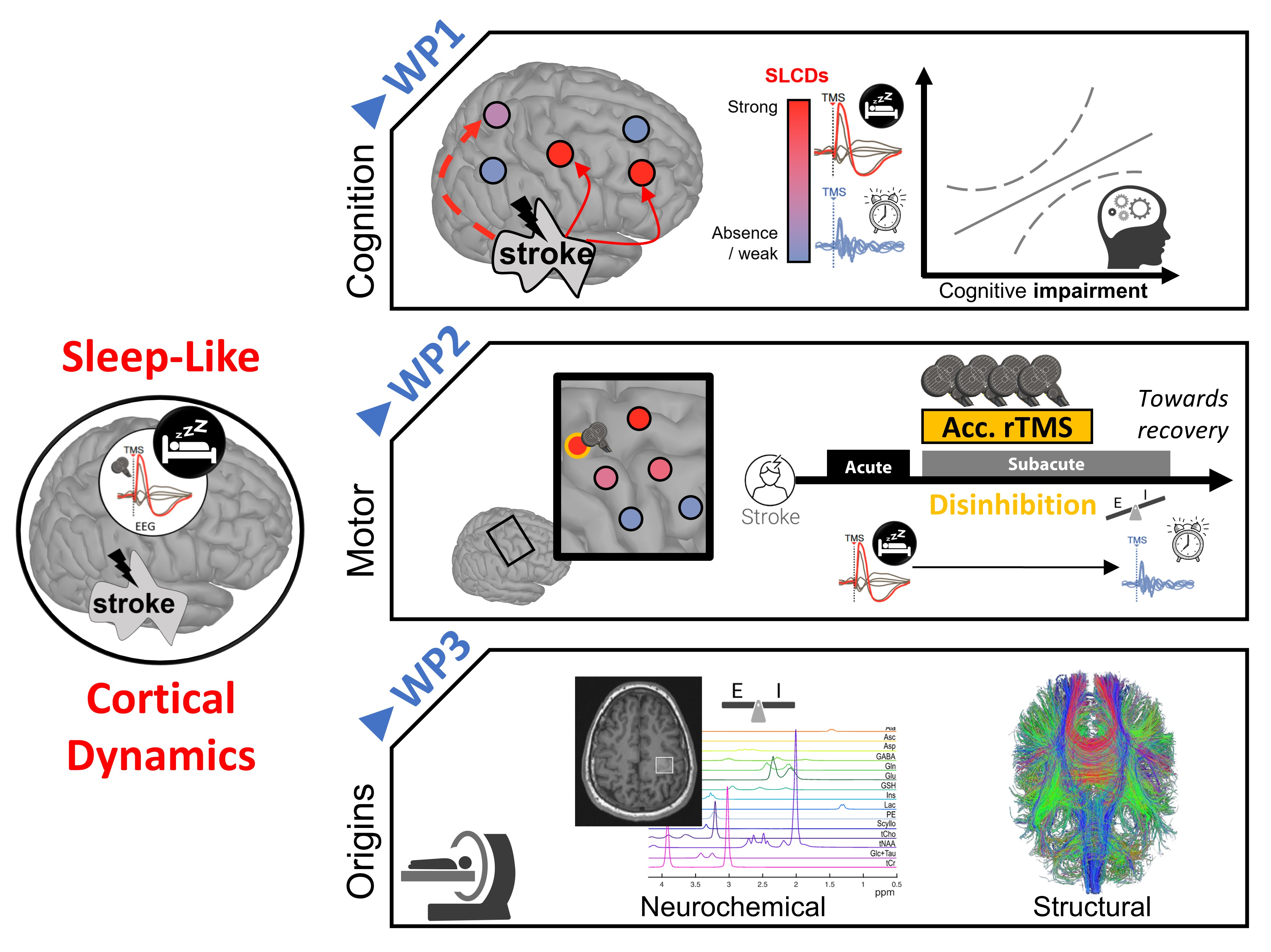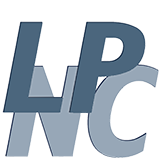Characterization and attenuation of SLEEP-like cortical dynamics to promote post-STROKE recovery
- Share
- Share on Facebook
- Share on X
- Share on LinkedIn
Equipe Corps et Espace, Research

Abstract: Stroke is the leading cause of acquired disability in adults. The majority of stroke survivors experience upper limb motor impairment and also suffer from persistent cognitive deficits. There is thus an urgent need to better understand the neurophysiological mechanisms underlying post-stroke motor and cognitive impairment and recovery. This understanding will facilitate the development and optimization of innovative neuotechnology-based treatments, such as non-invasive brain stimulation. Recent studies have observed abnormal and detrimental cortical dynamics in the ipsilesional motor cortex of acute stroke patients, characterized by the simplification and slowdown of neuronal activity. It has been recently suggested that these degraded activities may be signatures of sleep-like cortical dynamics (SLCDs), typically observed during deep sleep or anesthesia. Moreover, the attenuation of SLCDs, supported by a functional disinhibition phase fostering plasticity, has been found to be beneficial towards the subacute stages of stroke recovery. To date, SLCDs have been primarily studied within the primary motor cortex in stroke, and knowledge remains limited regarding: (i) the potential mid- and long-range propagation of SLCDs to other connected cortical areas in the acute and subacute stages, (ii) the relationship between SLCD propagation and motor and cognitive impairment and recovery, and (iii) the specific neurochemical and structural origins of post-stroke SLCDs. Furthermore, the observed reversibility of SLCDs and their beneficial clinical effects open new avenues for testing external therapeutical interventions aimed at attenuating SLCDs and triggering a beneficial disinhibition phase in the early subacute stage.
The objective of the SLEEPY-STROKE project is twofold: to better characterize SLCDs and to attenuate them via optimized non-invasive brain stimulation to promote stroke recovery. To this end, the project will leverage state-of-the-art multidimensional neuroimaging and non-invasive brain stimulation approaches within three complementary Work Packages. WP1 aims to characterize SLCDs through the longitudinal exploration of their intra-individual spatial extent (propagation) across the cortex in non-motor areas using robotized Transcranial Magnetic Stimulation combined with scalp electroencephalography (TMS-EEG). We hypothesize that SLCD propagation in key cortical hubs associated with cognitive domains correlates with specific deficits, with a gradual reduction as recovery progresses. WP2 focuses on the motor domain and consists in a fine spatial mapping of SLCD presence over the motor network and the development and initial testing of an innovative repetitive TMS-based treatment. We hypothesize that the spatial extent of SLCDs in the motor network serves as a proxy for motor impairment, particularly in fine motor skills (WP2.1), and that their attenuation through an accelerated and patient-tailored neuromodulation protocol, targeting the most impacted node, is a feasible and promising approach for enhancing motor recovery in the early subacute stage (1 month post-stroke, WP2.2). Finally, WP3 explores the neurochemical and structural origins of motor SLCDs, using magnetic resonance (MR) spectroscopy and diffusion MR imaging performed in WPs 1 & 2. We expect that the presence and longitudinal attenuation of SLCDs will align with changes in the excitation/inhibition (E/I) balance and patient-specific (dis)connectome. By integrating advanced neurophysiological characterization with innovative neuromodulation strategies, SLEEPY-STROKE aims to pave the way for precision rehabilitation approaches in stroke recovery.
ANR JCJC SLEEPY-STROKE
PI: Sylvain Harquel (Eq. Corps & Espace)
Budget: 337 k€
Duration: 48 month (01/01/2026 -> 12/31/2030)
ID: ANR-25-CE37-2363
Partners
Vascular Neurology Unit at the CHU Grenoble-Alpes & GIN :
- Pr. O. Detante (MD)
- Dr. L. Legris (MD)
Neuroimaging facility UAR IRMaGe :
- Dr. A. Jaillard (MD)
- Dr. L. Lamalle

- Share
- Share on Facebook
- Share on X
- Share on LinkedIn
